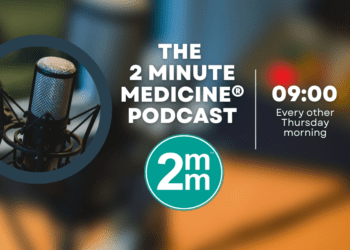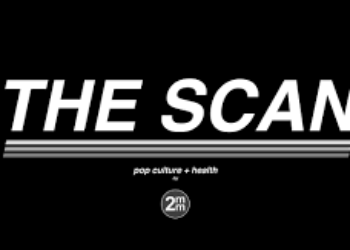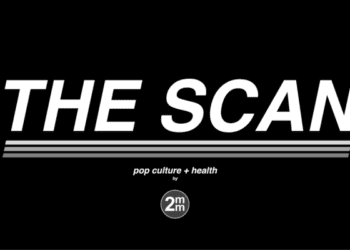Vaccine protects against hand, foot, and mouth disease in phase 3 trial
Image: Flickr/ Phoebus87
1. Children who received inactivated enterovirus 71 (EV71) vaccine were significantly protected from EV71-associated hand, foot, and mouth disease (HFMD) compared to children who received placebo.
2. The vaccine provided no protection against HFMD caused by viruses other than EV71.
Evidence Rating Level: 1 (Excellent)
Study Rundown: Enterovirus 71 (EV71) has recently emerged as a leading cause of hand, foot, and mouth disease (HFMD) among children in Asia. EV71 causes approximately 50% of cases of HFMD in this region and is a significant cause of morbidity and mortality. Children under 5 are particularly susceptible to the neurologic complications of this infection that can result in encephalitis and death. The authors of this phase 3 clinical trial tested the protection provided by an inactivated vaccine against EV71. They found a significant level of protection against HFMD caused by EV71 at 11 months, both clinically in the number of cases and also in the immunogenicity produced. While the study did not investigate the long term clinical and immunogenic response to the vaccine, it provided a convincing demonstration of short term vaccine efficacy in an emerging infectious disease.
Click to read the study, published today in NEJM
Click to read an accompanying perspective in NEJM
Relevant Reading: EV71: An emerging infectious disease vaccine target in the Far East?
Study author, Dr. Qihan Li, MD, PhD, talks to 2 Minute Medicine: Professor, Institute of Medical Biology, Chinese Academy of Medical Science, Peking Union Medical College.
“The C4 genotype of enterovirus 71 (EV71) is a major cause of severe and fatal hand, foot, and mouth disease (HFMD) cases every year since the numerous outbreaks in the Asia-Pacific region in recent years, especially from 2008 in China. In order to prevent and control this disease, a formalin-inactived EV71 vaccine prepared with human diploid cell line (KMB-17) were developed by the Institute of Medical Biology, Chinese Academy of Medical Sciences. At present, the authors determined that the seroconversion rate was 100% after the two-dose vaccinations, with a geometric mean titer (GMT) of 170.6, and the vaccine efficacy was 97.4% according to the intention-to-treat analysis and 97.3% according to the per-protocol analysis, in a randomized, double-blind, placebo-controlled phase 3 trail among 6- to 71-month-old healthy children in Guangxi Zhuang Autonomous Region, China. And the adverse events of grade 3 or higher were similar between vaccine group and placebo group, although the adverse events, such as fever and local pain, were significantly more common in the week after vaccination among children who received the vaccine than among those who received placebo. Most of these adverse events were mild.”
In-Depth [randomized, controlled, phase 3 trial]: This study sought to determine the level of protection provided by a newly developed inactivated EV71 vaccine. The authors randomized 12,000 children between 6 to 71 months of age to receive the vaccine – split into two doses 4 weeks apart, or placebo. Patients were followed for up to 11 months. An additional subgroup of 1100 children underwent immunogenicity testing for antibody response to the vaccine and had blood samples drawn on days 0, 56, and 180 after the first injection.
The primary end point was efficacy against HFMD caused by EV71 (defined as clinical presentation and PCR-confirmed swab), with secondary endpoints being efficacy against severe HMFD (defined as HFMD with neurologic, respiratory, or circulatory complications) and the presence of neutralizing antibodies within the immunogenicity subgroup. They found the vaccine efficacy against EV71-associated HMFD to be 97.4% (95% CI, 92.9 to 99.0). Only two severe cases of EV71-associated HMFD were identified and both were in the placebo group. Additionally, antibodies against EV71 were detected in nearly 100% of vaccine recipients monitored for immunogenicity. The vaccine provided no protection against other viral causes of HFMD. Serious adverse events were more common in the placebo group than the vaccine group (P<0.001).
More from this author: Pneumocystis linked to sudden infant deaths, Continuous infusion of beta-lactams may be superior to bolus therapy, Novel antiviral drug reduces influenza viral load, Three months of antibiotics appear to effectively treat early-onset spinal implant infections
©2012-2014 2minutemedicine.com. All rights reserved. No works may be reproduced without expressed written consent from 2minutemedicine.com. Disclaimer: We present factual information directly from peer reviewed medical journals. No post should be construed as medical advice and is not intended as such by the authors, editors, staff or by 2minutemedicine.com. PLEASE SEE A HEALTHCARE PROVIDER IN YOUR AREA IF YOU SEEK MEDICAL ADVICE OF ANY SORT.




![Maternal cell-free DNA sequencing superior to standard aneuploidy screening [CARE Study]](https://www.2minutemedicine.com/wp-content/uploads/2014/02/47-karyotype-75x75.jpg)

